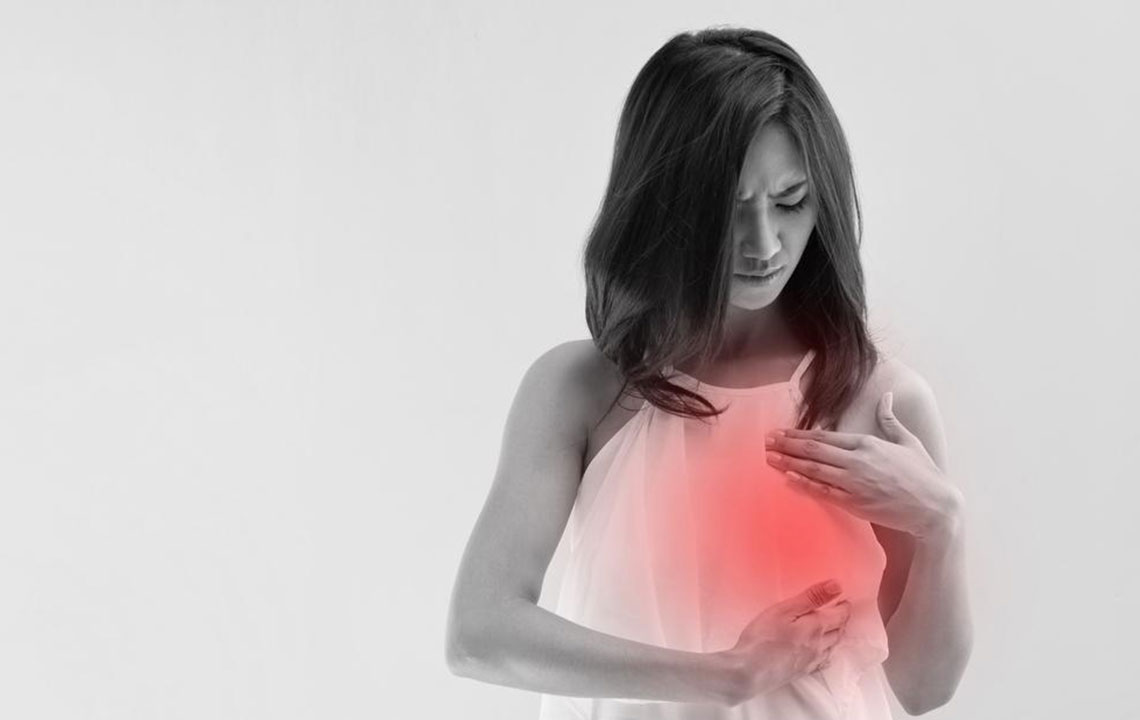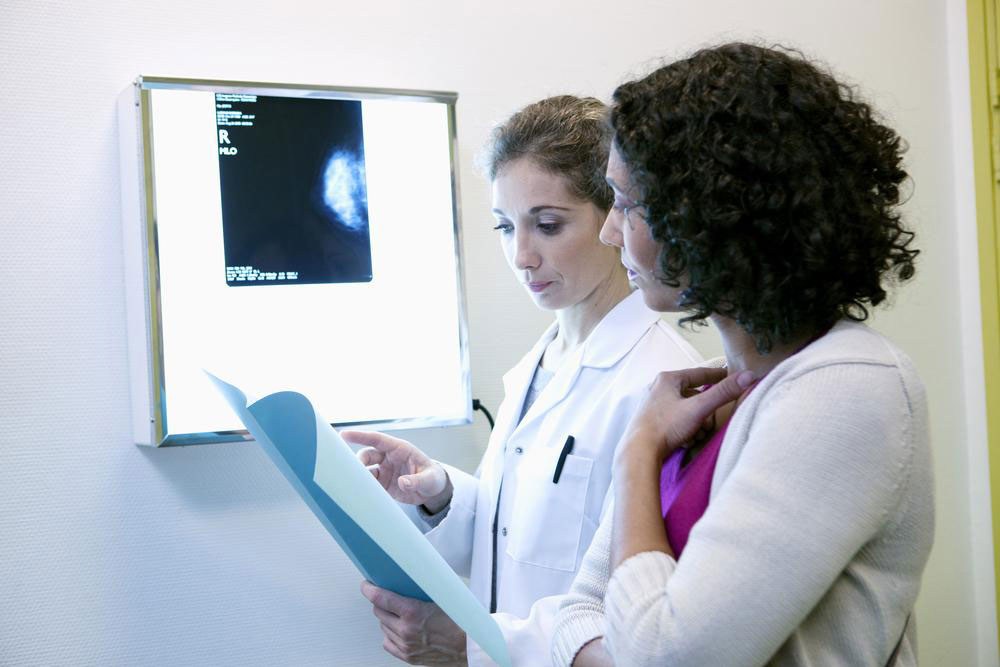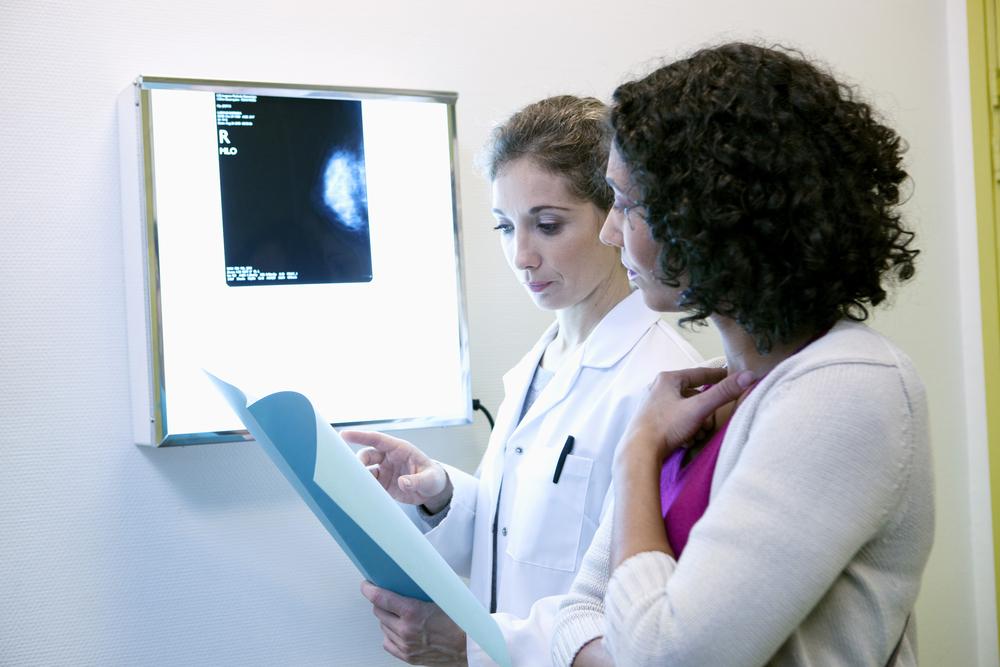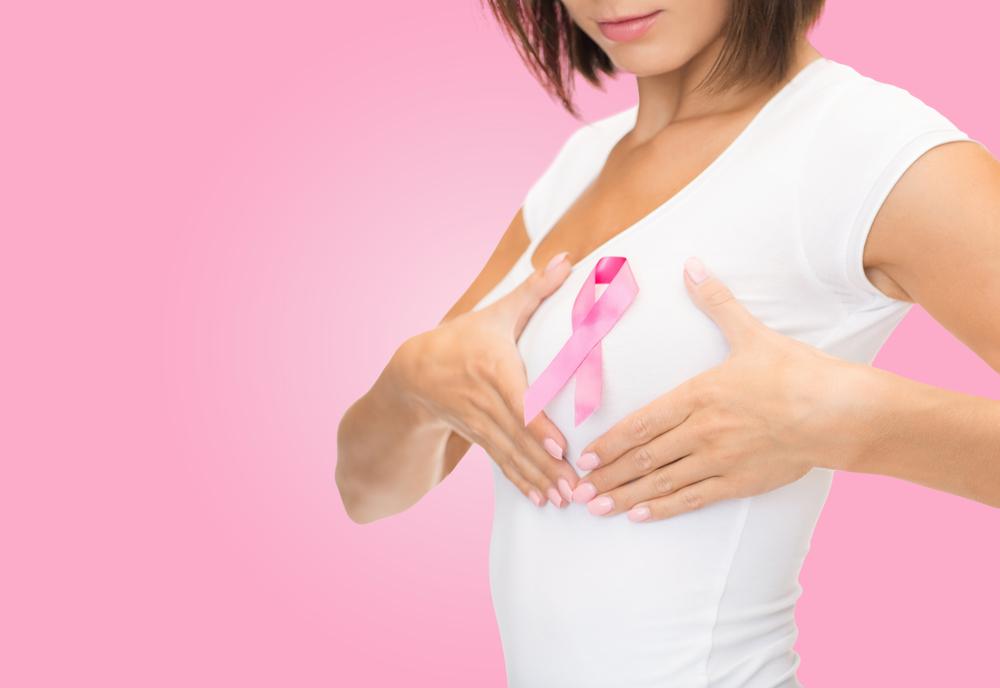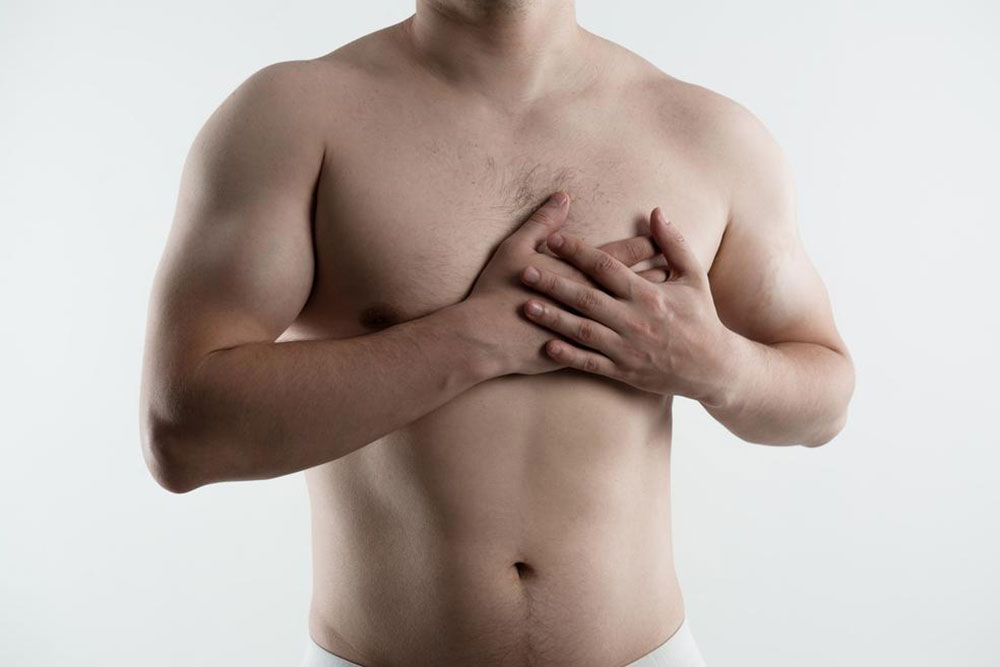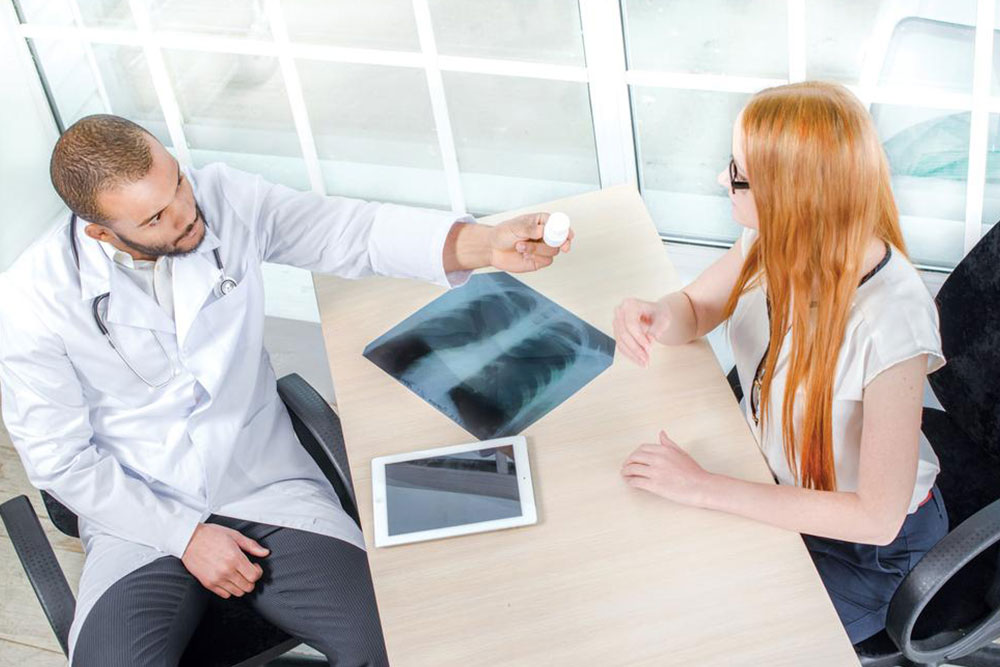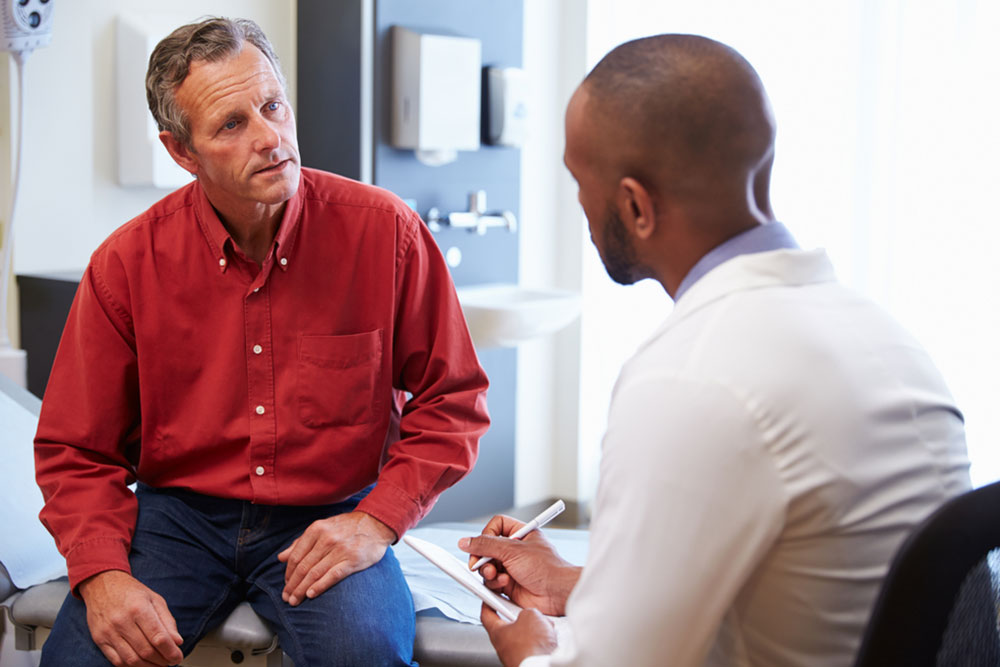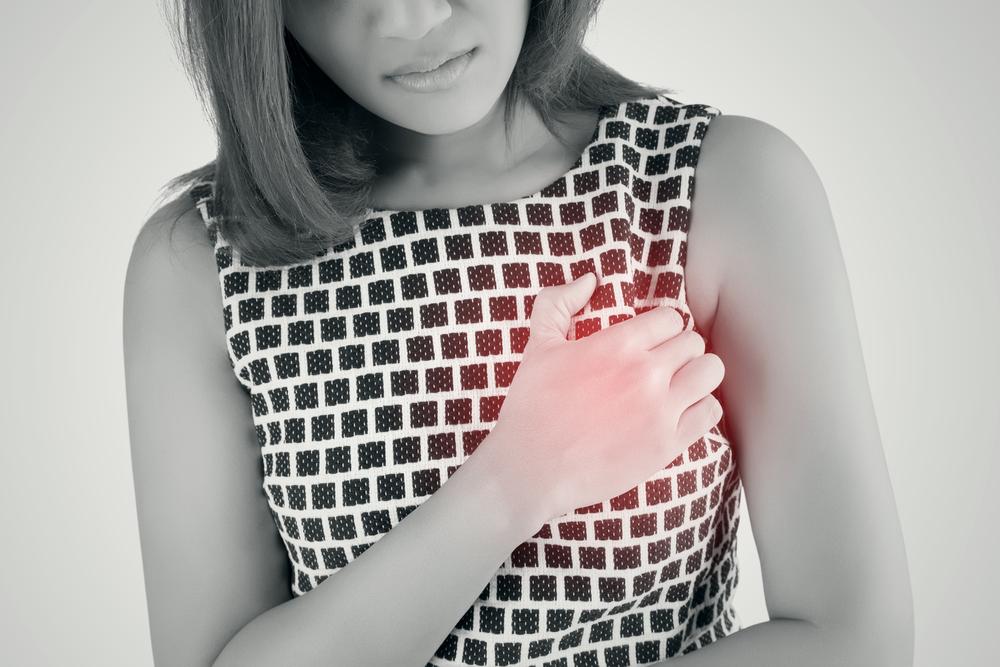Early Symptoms of Breast Cancer and How to Detect It Timely
Early detection of breast cancer symptoms is crucial for effective treatment. Recognizing changes in breast shape, nipple appearance, skin texture, or lumps can save lives. Regular self-examinations and medical screenings like mammograms are recommended, especially for those with family history. Being vigilant can lead to timely diagnosis and better outcomes.
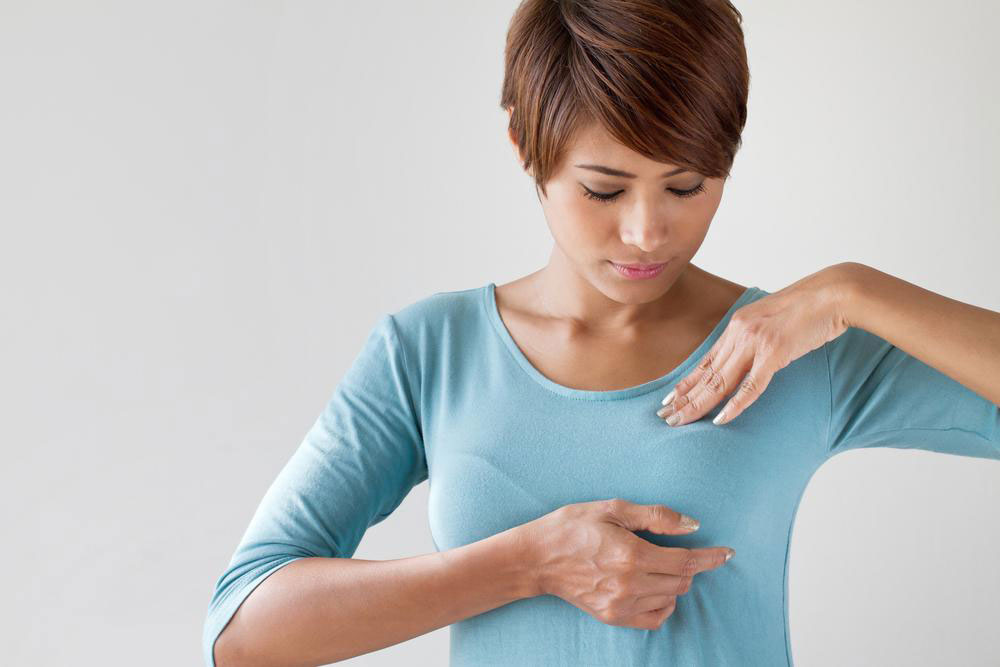
Recognizing the Early Signs of Breast Cancer for Prompt Intervention
Breast cancer ranks among the most common cancers worldwide, primarily affecting women and potentially leading to severe health issues if not detected early. Recognizing initial symptoms can greatly improve treatment outcomes. Symptoms extend beyond just lumps and include various changes in the breast and nipple areas. Staying vigilant and conducting regular self-exams can facilitate early diagnosis and improve survival rates.
• Genetic Factors and Risk: A family history of breast cancer increases susceptibility, especially if close relatives are affected. Routine genetic counseling and checkups are advisable for those with familial risks.
Regular self-breast examinations are essential, along with periodic medical screenings like mammography. While mammograms are vital, excessive use might carry risks; hence, consultation with healthcare providers is recommended.
• Breast and Nipple Changes: Noticeable alterations in breast size, shape, tenderness, or pain could indicate issues. Changes in nipple appearance, such as inversion, unusual discharge, or color shifts, should prompt medical evaluation. Changes in skin texture or enlarged pores may also signal abnormal cellular activity.
• Visual Changes: Any visible alterations like rashes, redness, swelling, dimpling, or shrinkage of the breast warrant prompt medical attention. These signs often appear in the early stages of breast cancer.
• Detection of Lumps: The presence of lumps is a critical indicator, although they may appear later. Regular self-exams, including gentle palpation and movement, can help identify any abnormalities early. Consulting a healthcare professional for proper examination techniques is recommended.
Note: Our website offers comprehensive insights into various health topics, including breast cancer awareness. While the information provided is research-based, it should not replace professional medical advice. Always consult healthcare professionals for diagnosis and treatment options. The site may not include all available schemes or offers related to health screening or treatment.

